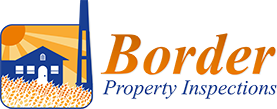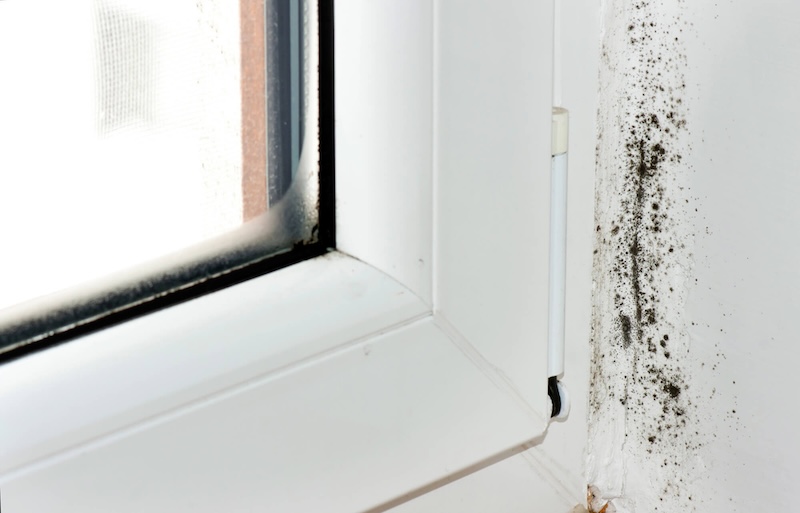Many homeowners underestimate how quickly mold can spread in their homes, or how costly it might be to fix once it is established. What starts as a tiny dark patch in a bathroom corner or damp basement could expand into a widespread issue affecting air quality, structural strength, and a home’s market value. The dangers of mold in the home could compromise comfort, safety, and finances.
How Mold in the Home Affects Your Health
One of the most pressing dangers of mold in the home is its effect on health. Mold reproduces by releasing microscopic spores that easily travel through the air. Breathing in these spores may trigger irritation, allergic reactions, or more serious issues. Some effects are mild, like a runny nose or itchy eyes. For some people, especially children, older adults, or anyone with asthma, allergies, or weakened immune systems, exposure could be far more dangerous.
Prolonged exposure to mold in the home has been linked to persistent coughing, sinus infections, headaches, and difficulty breathing. In some instances, individuals may experience chronic fatigue or worsening asthma symptoms. Mold does not always cause an immediate reaction, but over time, the cumulative impact of inhaling spores will significantly affect health.
Property Damage Risk
Mold in the home could also damage the property. Mold feeds on organic materials such as wood, drywall, and insulation. Left unchecked, it will slowly weaken these materials, leading to structural damage. A damp basement wall or ceiling leak may look minor initially, but if mold grows behind the surface, the damage could become extensive before it’s visible.
Hidden mold is hazardous because homeowners often don’t realize the extent of the problem until it’s widespread. Replacing flooring, tearing out drywall, or addressing weakened wooden supports add up quickly. Beyond the cost, mold could also reduce property value and make it harder to sell a home, as many buyers are hesitant to purchase a property with a history of mold issues.
Common Causes of Mold in the Home
Moisture is the number one cause of mold in the home, whether from roof leaks, plumbing issues, flooding, or simply high humidity. Poor ventilation in bathrooms, kitchens, and basements also encourages growth, since damp air lingers and creates a breeding ground. Even minor problems could trigger mold growth. Condensation on windows, drips under a sink, or water seeping into a basement after heavy rain all allow mold to thrive. This is why prevention is so important. Regular maintenance, such as repairing leaks quickly, running dehumidifiers, and improving airflow, helps reduce the risk of mold developing in the first place.
Why Mold Requires Professional Help
When homeowners discover mold, they often grab a bottle of cleaner and scrub it away. Unfortunately, this only solves part of the problem. Mold in the home often runs deeper than what’s visible on the surface. Spores may spread behind walls, beneath carpets, or throughout HVAC systems. Without proper containment and treatment, mold usually returns and sometimes spreads further. Professional mold remediation specialists use protective equipment and specialized tools to identify, contain, and remove mold safely. They will address the source of the moisture, so the problem doesn’t come back. While DIY methods may seem cost-effective in the short term, professional help guarantees the mold is entirely eliminated, protecting both health and property value.
Mold in the home is more than an unsightly nuisance; it’s a threat to health, safety, and long-term property value. From triggering respiratory issues to causing expensive structural damage, mold should never be ignored. By taking moisture problems seriously, keeping up with home maintenance, and seeking professional help when needed, homeowners will keep their living spaces safe and healthy. Staying proactive guarantees mold doesn’t take root in a place that offers security and comfort.
FAQs
How can I tell if I have mold in the home?
Signs include a musty odor, visible black or green spots on walls or ceilings, or unexplained allergy-like symptoms among household members.
Is mold in the home always dangerous?
Not every mold type is toxic, but any mold will impact indoor air quality and damage property. All mold should be treated as a potential hazard.
Can mold make you sick immediately?
Some people notice symptoms quickly, while others may only feel effects after prolonged exposure. Reactions vary by individual health and mold type.
What should I do if I find mold in my home?
Avoid disturbing it, since that will release more spores into the air. Fix the moisture source and contact a professional inspector or remediation company.
Border Home and Property Inspections provides home inspection services to the midwest region of Alberta and Saskatchewan. Contact us to schedule an inspection.

